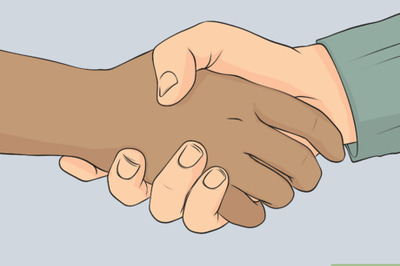
views
You might be hunched over your phone right now, worrying about reports that young people are growing horns on their skulls from spending too much time hunched over smartphones.
OK, cellphones are making us rude and inattentive, but medical experts don’t totally buy the idea that technology is also warping our skeletons.
The area of concern is the back of the skull where it meets the neck, a place that already has a slight, normal bump that’s easy to feel. Two Australian researchers say they have found enlargements, or bone spurs in that region, anywhere from 1/3 inch to more than 1 inch long.
Recent articles by the BBC and The Washington Post have cited a 2018 study in the journal Scientific Reports saying that these bone growths have been turning up more often than expected in people aged 18 to 30. The study suggests that “sustained aberrant postures associated with the emergence and extensive use of hand-held contemporary technologies, such as smartphones and tablets,” are to blame. The authors are a chiropractor, David Shahar, and an associate professor of biomechanics, Mark G.L. Sayers, both from the University of the Sunshine Coast in Queensland, Australia.
Experts give the report mixed reviews, noting that the study is based on looking back at X-rays taken in the past, lacks a control group and cannot prove cause and effect. In addition, the subjects were people who were having enough neck trouble to visit a chiropractic clinic and require X-rays, so it’s not clear what bearing the results have on the rest of the population.
At the same time, it’s well known that people who spend a lot of time with their necks craned forward can develop neck and back problems that cause stiffness, pain and headaches.
People who spent their days leaning downward over a laptop or phone sometimes refer to those aches as tech-neck or text-neck.
Bending the head forward for long periods of time could, in theory, cause a bone spur to form, said Evan Johnson, assistant professor and director of physical therapy at NewYork-Presbyterian Och Spine Hospital. In that position, the ligament that helps hold up the head pulls against the skull, and “the bone will adapt by forming a small mound or protuberance,” Johnson said.
The bone spur itself “is really a big, ‘So what?’ moment,” Johnson said. “The fact that you have this little bony projection in your skull, that means nothing.”
He said a more worrisome finding of the study, from angles measured on the X-rays, was that some of the subjects’ necks had settled into an abnormally bent posture.
If technology is causing that postural change across the population, Johnson said, “It’s not a small thing. We may see more and younger arthritic changes in the neck and disc degeneration and more tension in the neck. “
David Putrino, director of rehabilitation innovation at Mount Sinai Health, said the connection between a bent neck and the bone spurs seemed real. And he said the growing bones of adolescents were more likely than those of adults to change shape or form spurs in response to increased forces.
“But I don’t think we’re at a point yet where we can blame this on cellphone use,” he said.
Dr. David Langer, chairman of neurosurgery at Lenox Hill Hospital in New York, said, “It doesn’t make a bit of sense to me.”
He said disc problems were well known to occur in people who spend a great deal of time looking down with their necks bent, surgeons among them.
“You’re more likely to get degenerative disc disease or misalignment in your neck than a bone spur growing out of your skull,” Langer said. “I haven’t seen any of these, and I do a lot of X-rays. I hate being a naysayer off the bat, but it seems a little bit far-fetched.
“Head horns? Come on.”
Denise Grady © 2019 The New York Times

















Comments
0 comment